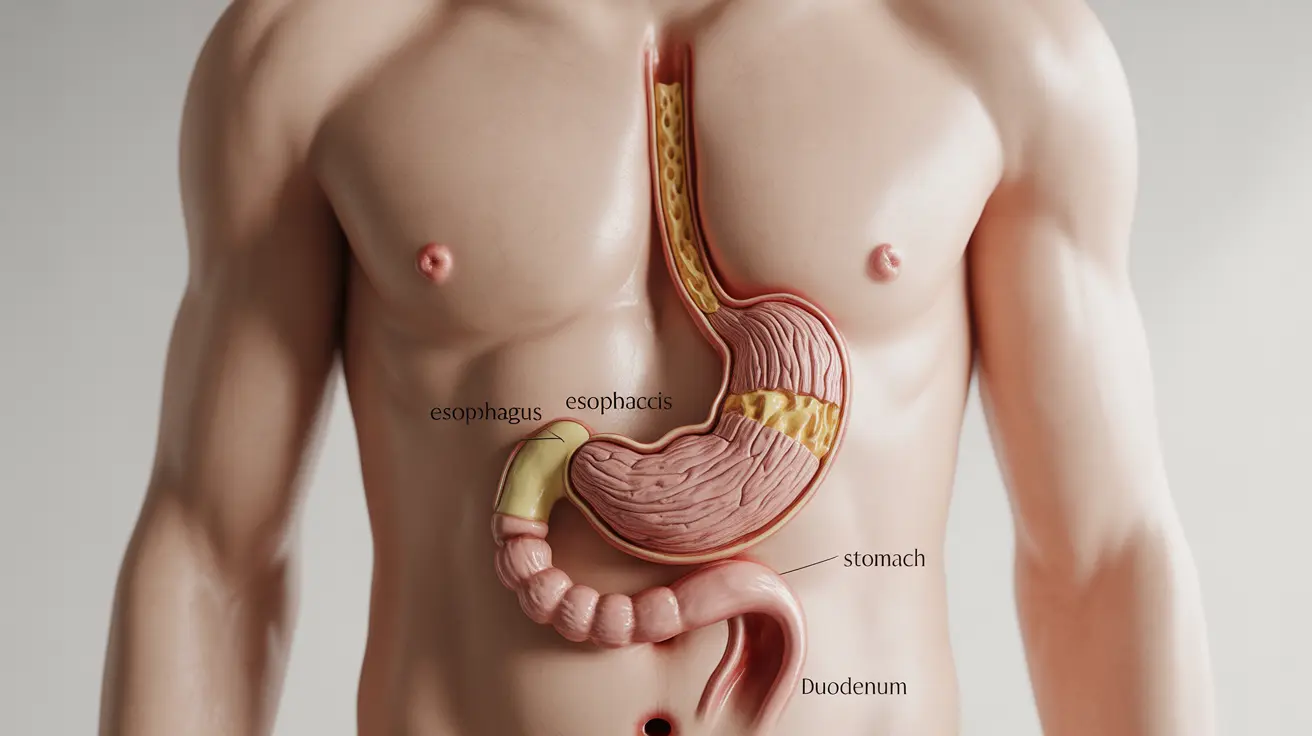The size and appearance of areolas—the darker, circular areas surrounding the nipples—can vary significantly from person to person. While many people may wonder about their areola size, it's important to understand that there is no single "normal" size, and variations are completely natural. This comprehensive guide explores the factors affecting areola size, when changes might occur, and what you should know about their health implications.
Natural Variations and Development
Areolas come in different sizes, shapes, and colors, typically ranging from 1 to 4 inches in diameter. These variations are influenced by genetics, hormones, and various life stages. Understanding these natural differences can help alleviate concerns about what's considered normal.
Genetic Factors
Just as people inherit traits like height and eye color, genetic factors also influence areola size. This means that having larger areolas can be completely natural and part of your inherited physical characteristics.
Hormonal Influences and Life Changes
Puberty and Development
During puberty, hormonal changes can cause the breasts and areolas to grow and develop. This is a natural part of sexual maturation, and the size of areolas may increase during this time as breast tissue develops.
Pregnancy and Breastfeeding
Significant changes in areola size often occur during pregnancy and breastfeeding. Hormones like estrogen and progesterone can cause areolas to become larger and darker, preparing the breasts for milk production and helping newborns locate the nipple for feeding.
When to Seek Medical Attention
While most areola changes are normal, certain situations warrant medical consultation:
- Sudden, unexplained changes in size or appearance
- Development of unusual texture or scaling
- Presence of redness, swelling, or pain
- Changes accompanied by breast lumps or discharge
Treatment Options and Considerations
For those concerned about areola size, several options may be available:
- Surgical reduction through areola reduction surgery
- Breast lift procedures that may include areola modification
- Non-surgical alternatives for temporary appearance changes
However, it's crucial to carefully consider any cosmetic procedures and consult with qualified medical professionals about potential risks and benefits.
Frequently Asked Questions
What causes large areolas and are they normal?
Large areolas are completely normal and can be caused by genetics, hormonal changes, and natural body development. There is no standard size, and variation among individuals is entirely natural.
How do pregnancy and breastfeeding affect the size and appearance of areolas?
During pregnancy and breastfeeding, areolas typically become larger and darker due to hormonal changes. These changes help prepare the breasts for nursing and usually diminish after breastfeeding ends.
When should I see a doctor about changes in my areola size, color, or texture?
Consult a healthcare provider if you notice sudden, unexplained changes, unusual texture, scaling, redness, swelling, pain, or if changes occur alongside breast lumps or discharge.
Can hormonal changes during puberty or menopause make areolas bigger?
Yes, hormonal fluctuations during puberty can cause areolas to increase in size as part of natural breast development. During menopause, some changes in areola appearance may occur due to hormonal shifts.
Are there safe treatments or procedures to reduce the size of large areolas?
Yes, surgical options like areola reduction surgery are available for those who wish to reduce their areola size. However, these procedures should be carefully considered and discussed with a board-certified plastic surgeon to understand potential risks and outcomes.




